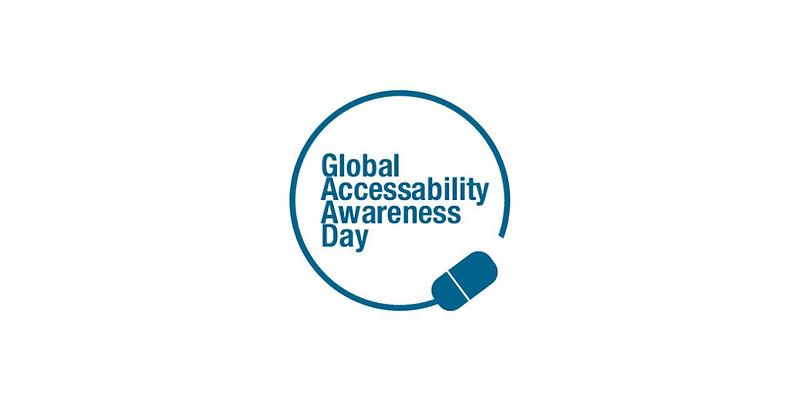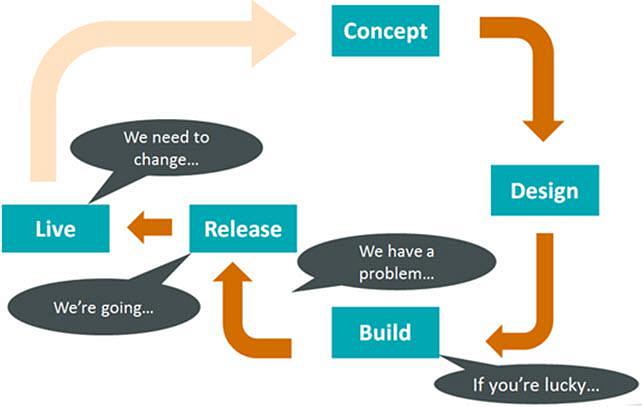Accessibility – always the bridesmaid, never the bride
25 June 2015 - Gayle Whittaker

Web accessibility is the practice of making websites usable to people of all abilities and disabilities. Yet somehow accessibility is commonly overlooked and is often not considered, or not deemed important to the implementation of a website. This then causes bigger issues, such as financial costs, to put right the forgotten requirement.

At User Vision we raised the accessibility profile as part of Global Accessibility Awareness Day by inviting people to our breakfast briefing on Designing Accessible Web Experiences. We discussed how businesses needed to come together as a team on accessibility.
Primarily, we showed that in order for accessibility to be effective it has to permeate throughout an organisation and run through the entire project life cycle from beginning to end.
More than compliance and checklists
Having an accessible product is worth much more than complying with legislation. An accessible website means creating an inclusive user experience that will include as many of your target audience that want to use your product, regardless of their disabilities, as possible.
So what defines accessibility? The Web Content Accessibility Guidelines (WCAG)(this will open in a new window) specifies that user interfaces must be perceivable, operable, understandable and robust for people to interact successfully with digital products. These guidelines provide success criteria against one of three gradings: A, AA, AAA depending on the level of compliance you want to achieve.
Although standards and guidelines have their part in achieving accessibility it is vital to understand all your user needs and expectations specific to your digital delivery.
To achieve this we recommend actively involving disabled users into your user centred design processes from concept, design through to evaluation.
This will help inform the design and delivery of your service, as well as evaluating functional requirements. Although your website could be technically compliant, is it still usable for a screen reader user or a keyboard only user?

Designing accessible experiences
Ensure accessibility is designed from the outset and integrated into every stage of your development cycle. Accessibility doesn’t mean you have to make compromises in your design and make it visually uninspiring, it’s about design thinking in an inclusive manner. Think about disability from the beginning and not just one disabled group – ensure consideration is given for people with cognitive disabilities, the elderly, people with English as their second language.
Designers can communicate the design concept by annotating prototypes to indicate heading structure, hierarchy of content, visible focus, reading order, text descriptions for images (alt text), and colour contrast.
The placement of content that dynamically changes or pop ups should visually appear close to the user’s current focus. If it’s far away users with low vision that magnify the page may not notice what has changed because it will be outside of their visible area. It should visibly stand out from rest of the content so that it’s obvious that something has happened.
The human mind will search for patterns. The visual method is the use of white space and proximity but these relationships have to be communicated in a non-visual way also. These design elements can then be translated into semantic markup by the developers allowing for interactions to be compatible with assistive technologies and be usable to everyone.
Making a commitment to inclusive design
To sum up, when you are looking to create a customer centric product, include disabled people as part of your user group. Represent them through personas, include them in focus groups and user testing to integrate accessibility throughout the design.
Where does web accessibility come into your business process or does it at all?
Let us know if you want more breakfast briefings on the topic of accessibility or alternatively get in touch with us on how to achieve an inclusive service.
You might also be interested in...
When Did You Last Update Your Accessibility Statement?
11 December 2025Your accessibility statement says more about your organisation than you think. Learn why keeping it current matters for trust, compliance, and user experience—and what UK, EU, and US regulations expect.
Read the article: When Did You Last Update Your Accessibility Statement?Making Hospitality Welcoming for All: A Digital Accessibility Guide for Hotels
21 November 2025Hotels have long focused on physical accessibility, but true inclusion extends online. This practical guide explains how to make your hotel website accessible for all guests—meeting global WCAG and EAA standards, expanding your reach, and creating a seamless booking experience for every visitor.
Read the article: Making Hospitality Welcoming for All: A Digital Accessibility Guide for Hotels3 perspectives on how AI is shaping inclusive digital experiences
10 November 2025AI is transforming digital accessibility — empowering disabled users, enhancing how we evaluate digital experiences, and reshaping how inclusive products are designed. This article explores three key perspectives and highlights how AI can support more equitable, human-centred digital experiences when used thoughtfully and collaboratively.
Read the article: 3 perspectives on how AI is shaping inclusive digital experiences